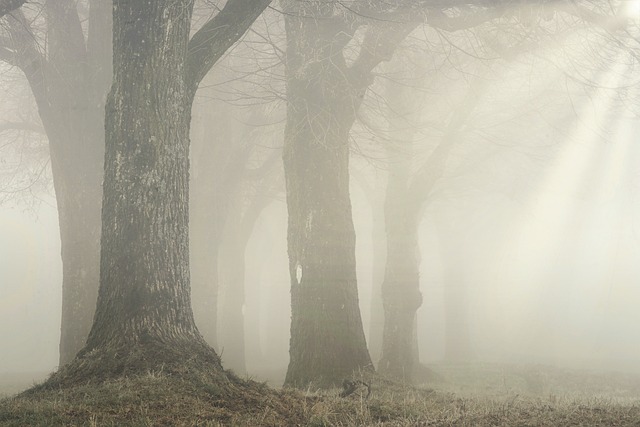From eerie lights hovering in the distance to shadowy figures emerging from the mist, fog and other atmospheric conditions have long been intertwined with mysterious sightings. While these tales often spark wonder and speculation, the “Fog Theory” offers a compelling lens to examine such phenomena through the interplay of natural science and human perception.
What Is the Fog Theory?
The Fog Theory posits that atmospheric conditions, particularly the presence of fog, mist, or haze, play a significant role in creating or enhancing illusions that people interpret as mysterious or paranormal events. By altering the way light and sound travel and interact with the environment, these natural phenomena can deceive our senses and lead to misinterpretations.
This theory has been invoked to explain various sightings of UFOs, cryptids like Bigfoot, and even ghostly apparitions. Rather than discounting the experiences of witnesses, the Fog Theory provides a scientific framework to understand how such sightings might arise.
How Fog and Mist Affect Perception
Fog and mist have unique properties that can distort perception in several ways:
1. Visual Distortions
-
Light Refraction and Scattering: Fog consists of tiny water droplets suspended in the air, which can refract and scatter light. This can create glowing orbs, halos, or other unusual visual effects. For instance, headlights or streetlights viewed through dense fog may appear as floating, otherworldly lights.
-
Shape Alteration: Objects seen through fog may look larger, smaller, or elongated due to the way light bends. This can lead to misidentifications, such as interpreting a tree or animal as a cryptid or supernatural being.
2. Obscured Clarity
Fog reduces visibility, obscuring details and creating ambiguity. This ambiguity allows the mind to “fill in the gaps,” often influenced by cultural or personal expectations. A shadowy figure partially hidden in mist might be interpreted as a ghost or a mythical creature.
3. Sound Amplification and Distortion
Fog not only affects vision but also sound. It can carry, amplify, or muffle noises in unpredictable ways. This auditory distortion may create eerie effects that heighten the sense of mystery, such as disembodied whispers or unexplained echoes.
4. Psychological Influence
Atmospheric conditions like fog often evoke emotions of unease or fear, which can amplify the impact of sensory distortions. When in a heightened emotional state, people are more likely to interpret ambiguous stimuli as something extraordinary or threatening.
Case Studies of Fog-Related Mysteries
Will-o’-the-Wisps
Historically, glowing lights seen over marshy areas, known as will-o’-the-wisps, were attributed to spirits or other supernatural forces. Modern science explains these lights as ignited methane gas from decaying organic matter, often seen through a veil of mist that enhances their mysterious appearance.
UFO Sightings
Fog and haze can make ordinary objects, such as airplanes or weather balloons, appear otherworldly. Lights refracted through atmospheric layers may look like glowing discs or orbs, fueling reports of unidentified flying objects.
Cryptid Encounters
Mist can obscure details and make familiar animals or objects look unrecognizable. For example, a distant bear might appear as a bipedal creature, leading to reports of Bigfoot sightings. Similarly, mist-covered lakes can make waves or logs seem like serpentine creatures, such as the Loch Ness Monster.
Ghostly Apparitions
Ghost sightings are often associated with misty or foggy conditions. The combination of reduced visibility, light distortion, and psychological priming—expecting to see something supernatural—can lead to the perception of spectral figures.
The Science Behind the Supernatural
The Fog Theory does not aim to discredit eyewitness accounts but rather to contextualize them. It demonstrates how environmental factors and human perception can conspire to create convincing illusions. This intersection of natural science and psychology offers valuable insights into why such phenomena captivate our imagination.
However, the theory also leaves room for mystery. Not every sighting can be easily explained, and the human penchant for wonder ensures that foggy landscapes will continue to inspire stories of the unknown.
Conclusion
The Fog Theory provides a fascinating framework for understanding mysterious sightings. By examining the role of atmospheric conditions and sensory perception, it bridges the gap between skepticism and belief, encouraging a thoughtful exploration of the natural and the unexplained. Whether it’s a ghostly figure in the mist or a glowing orb in the sky, the next time you encounter something mysterious, consider the role fog might play in shaping what you see—or think you see.
